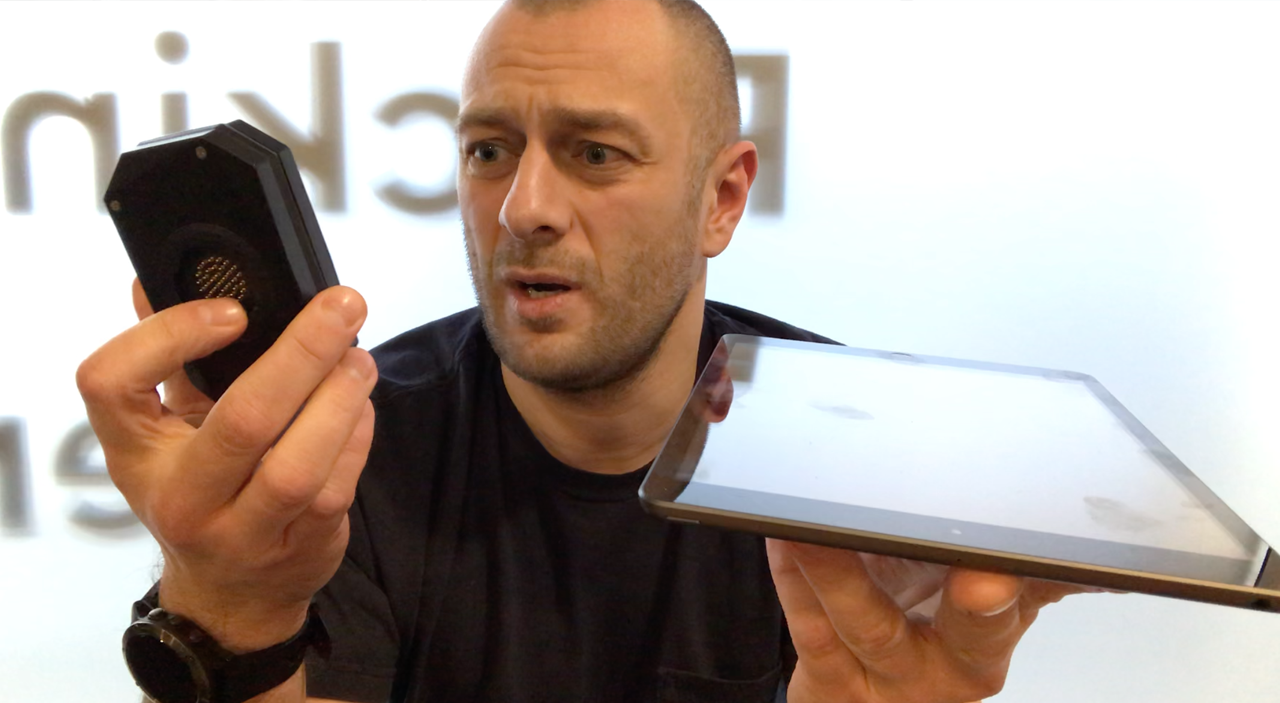It’s time to delve into the world of EMS devices, specifically comparing the advantages and drawbacks of wireless versus wired options. Whether you’re a seasoned EMS user or new to the game, it’s crucial to understand the evolving landscape of these devices.
As someone who embarked on the EMS journey back in 2012, I initially navigated the market dominated by wired EMS devices. My first device, a Miha Bodytec from Germany, was robust and effective, complete with a maze of cables, buttons, and screws to fine-tune the impulses. A phenomenal experience at the time, circa 2012.
Watch the full video about wireless vs wired EMS devices or go on reading the abstract.
Fast forward to the present: the age of wireless EMS devices
The paradigm shift towards wireless connectivity is not just a trend but, in my opinion, the future of EMS. This shift liberates not only trainers but also all those donning the EMS suit, providing unprecedented freedom of movement.
One humorous restriction of the past was no longer being able to jump rope during EMS training. Thanks to wireless technology, such limitations are a thing of the past, opening the door to a myriad of possibilities.
The benefits of wireless EMS devices
1. Freedom of Movement via Wi-fi or Bluetooth Connection
Say goodbye to being tethered to a studio or plugging devices into sockets. With wireless EMS, you can utilize Wi-fi or Bluetooth technology, eliminating the need for cumbersome cables. It’s a game-changer, allowing you to take your training anywhere – from fitness studios to outdoor parks.
2. EMS Group Training
Conducting group training sessions becomes a reality with wireless EMS. While it may deviate slightly from the traditional one-on-one EMS experience, the ability to connect with 4 to 6 individuals simultaneously is nothing short of awesome. It opens new dimensions to your training sessions.
3. Combine EMS Training with Other Activities
Wireless EMS isn’t confined to stationary isometric training. It seamlessly integrates with various sports and activities such as running, jogging, or even cycling. The versatility extends far beyond conventional EMS workouts.
4. Lightweight, Small, and Portable
The compact nature of wireless EMS devices makes them incredibly portable. All you need is a control unit, as small as an iPhone, and an iPad for operation. This simplicity enhances convenience, making it a breeze to carry to your clients.
Check out our related product:
Justfit Pirato Mobile EMS – the lightest professional EMS device in the world
Despite the evident benefits of wireless EMS, some still opt for wired devices, and I’m genuinely curious to understand why. As EMS continues to evolve and grow, studios are popping up everywhere, making it a thriving business.
So, I pose the question to you – if you were to choose, would it be the wireless solution, or do you lean towards the wired alternative? Share your thoughts and insights; I’m eager to hear your perspectives on the boundless possibilities of EMS and device utilization.
Stay connected, stay informed, and stay tuned for more insightful discussions about EMS and the diverse options available in the market. Your journey to smarter EMS decisions begins here!



